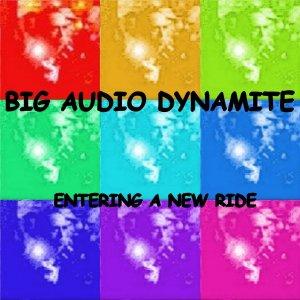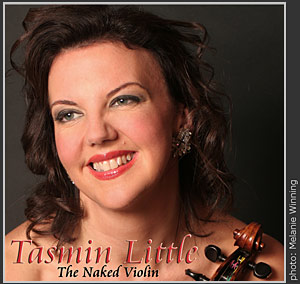
Pink Violin - another album from public eyesore's Eh? sublabel (number 32). Marina Hardy is a multi-instrumentalist from Omaha and while no album image is available, there are other examples of her artwork on her myspace-space (from whence the poster came). This album is extraordinary - it is hard to believe that the range and depth came from her playing solo and multitracking (except for voice on one track and piano on another). To give you some idea I am going to run through each track. Mkay - swirling voice and synth, humming dream a little dream of me plus general voice sounds and
tchingsCowgypsy - combining accordion, banjo, strings and brass in a strange parallel universe of country and klezmer, hinting at Johnny comes marching home, in an inspired mash-up
Zoom - a heavy metal surf electric guitar solo
Apple sauce pudding - a longer piece with ambient guitar, drums, washes, quite spacey, swirling violin and an echoed vocal loop, breathing and chanting
Funk - short, soft distant percussive swishes
Trummpet - layered and looped trumpet that builds gloriously, together with a futzy rhythm, before a long fade.
Spanish - mashed slide and spanish guitar with accordion and brass - all with a bright bouncing melody
Red teeth - a simple lovely picked guitar and harp melody
YipYip - bass, guitar, drums and strings in a cool instrumental
Yowsa - another cool piece with country slide, brushes, string bass and organ
Ceisel - a modernist violin solo
Nnow - high tone and violin, percussion and horns break in, and it all collapses into a light loop
It ain't necessarily so - violin and piano on this staple, with variations
Dollering - jazzy deep bass, piano, a yearning violin melody and drums. This album is incoherent, but in a wonderful and extravagant way. There is no line that you can draw through it: only Yipyip and Yowsa demonstrate a flow, and that is hinted in the titles; and Funk could be the entree to Trummpet. But the variation and diversity are this album's strength and attraction. Apparently it took about 2 and a half years to complete this project, and it is beautifully and seamlessly constructed to fabulous effect. A great and stunning album.
 I always rather liked Big Audio Dynamite, especially the first album: later ones had good tracks on and were enjoyable overall, but I don't think Mick Jones quite regained that height.
I always rather liked Big Audio Dynamite, especially the first album: later ones had good tracks on and were enjoyable overall, but I don't think Mick Jones quite regained that height.








